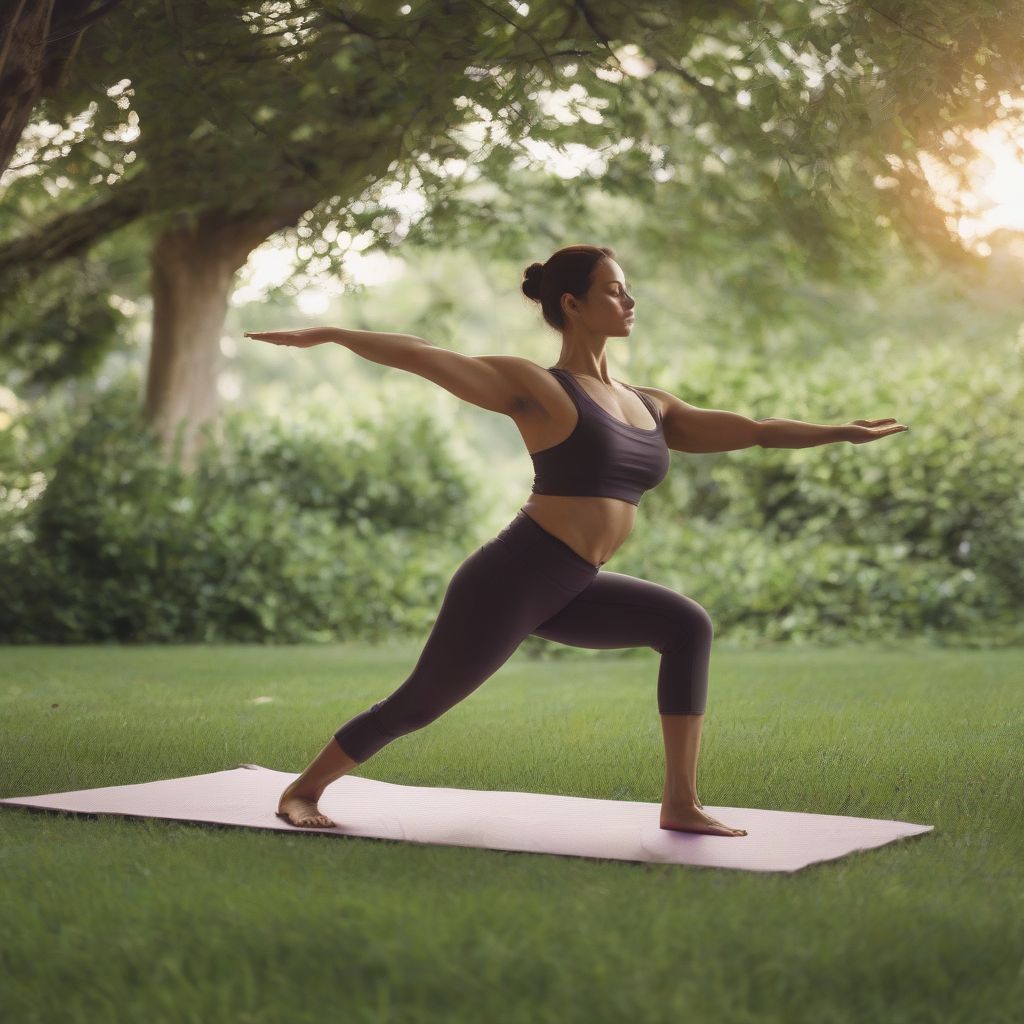Have you ever watched a yogi effortlessly glide through a sun salutation and thought, “How do they make it look so easy?” While yoga definitely requires practice and dedication, the beauty of it is that it’s accessible to everyone, regardless of your current fitness level. And the best part? Incorporating yoga into your existing fitness routine can be a game-changer for both your physical and mental well-being.
Why Add Yoga to Your Fitness Routine?
You might be thinking, “I already hit the gym regularly; why do I need yoga?” Here’s the thing: yoga isn’t just about touching your toes or holding impressive poses. It’s a holistic practice that benefits your body and mind in ways traditional workouts might miss.
Enhanced Flexibility and Balance
Let’s be honest, who doesn’t want to be more flexible? Yoga’s focus on stretching and lengthening muscles can dramatically improve your range of motion. This not only helps you move more freely but also reduces your risk of injuries during other workouts and in your daily life.
Increased Strength and Muscle Tone
Hold on, yoga builds strength? You bet! Many yoga poses require you to engage and hold your body weight, building strength in your arms, legs, core, and back. Think planks, chaturangas, and warrior poses – they’re no joke!
Reduced Stress and Improved Mental Clarity
Yoga is renowned for its calming and meditative qualities. Regular practice can help lower stress hormones like cortisol, ease anxiety, and promote feelings of calm and well-being. And who couldn’t use a little more peace in their life?
Improved Cardiovascular Health
While it might not be as heart-pumping as a HIIT session, certain styles of yoga, like Vinyasa or Ashtanga, can get your heart rate up and improve cardiovascular health.
How to Seamlessly Integrate Yoga
Ready to roll out your mat and get started? Here’s how to make yoga a welcome addition to your current fitness routine:
1. Choose Your Yoga Style
With countless styles of yoga available, finding one that aligns with your fitness level and goals is key.
- Hatha: A gentle introduction for beginners, focusing on holding poses and controlling breath.
- Vinyasa: A more dynamic flow linking breath with movement, often referred to as “flow yoga.”
- Yin: A slower-paced practice with poses held for longer durations, targeting deep connective tissues.
- Restorative: A deeply relaxing style utilizing props for support and promoting relaxation.
2. Start Small and Gradually Increase
Don’t feel pressured to jump into hour-long classes right away. Begin with shorter sessions, even just 15-20 minutes, and gradually increase the duration and intensity as you build strength and flexibility.
3. Listen to Your Body
Yoga is a personal journey, and honoring your body’s limits is essential. Avoid pushing yourself too hard, especially when starting. Pay attention to any discomfort and modify poses as needed.
4. Make It a Consistent Part of Your Routine
Consistency is key when it comes to reaping the benefits of yoga. Aim for at least two to three sessions per week, and don’t be afraid to experiment with different times of day to find what works best for you.
Finding Your Yoga Flow
Incorporating yoga into your fitness routine can feel like adding a dose of mindfulness and flexibility to your day. It’s not about perfection; it’s about connecting with your body, breath, and finding a sense of balance within. So, unroll your mat, embrace the journey, and experience the transformative power of yoga.
 Yoga for Every Fitness Level
Yoga for Every Fitness Level
[amazon bestseller=”yoga mat”]
